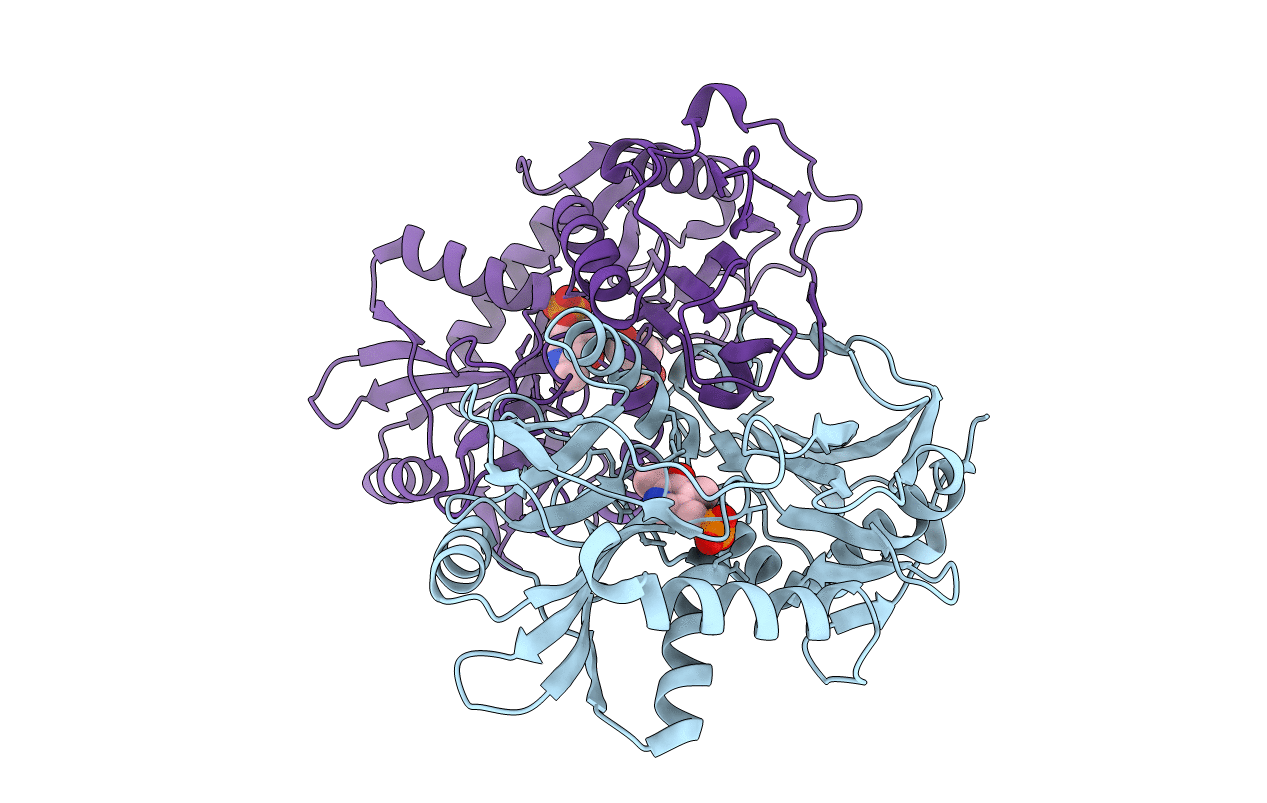
Deposition Date
2006-06-28
Release Date
2006-10-24
Last Version Date
2023-11-15
Entry Detail
PDB ID:
2HHF
Keywords:
Title:
X-ray crystal structure of oxidized human mitochondrial branched chain aminotransferase (hBCATm)
Biological Source:
Source Organism:
Homo sapiens (Taxon ID: 9606)
Host Organism:
Method Details:
Experimental Method:
Resolution:
1.80 Å
R-Value Free:
0.28
R-Value Work:
0.25
R-Value Observed:
0.28
Space Group:
P 1 21 1


